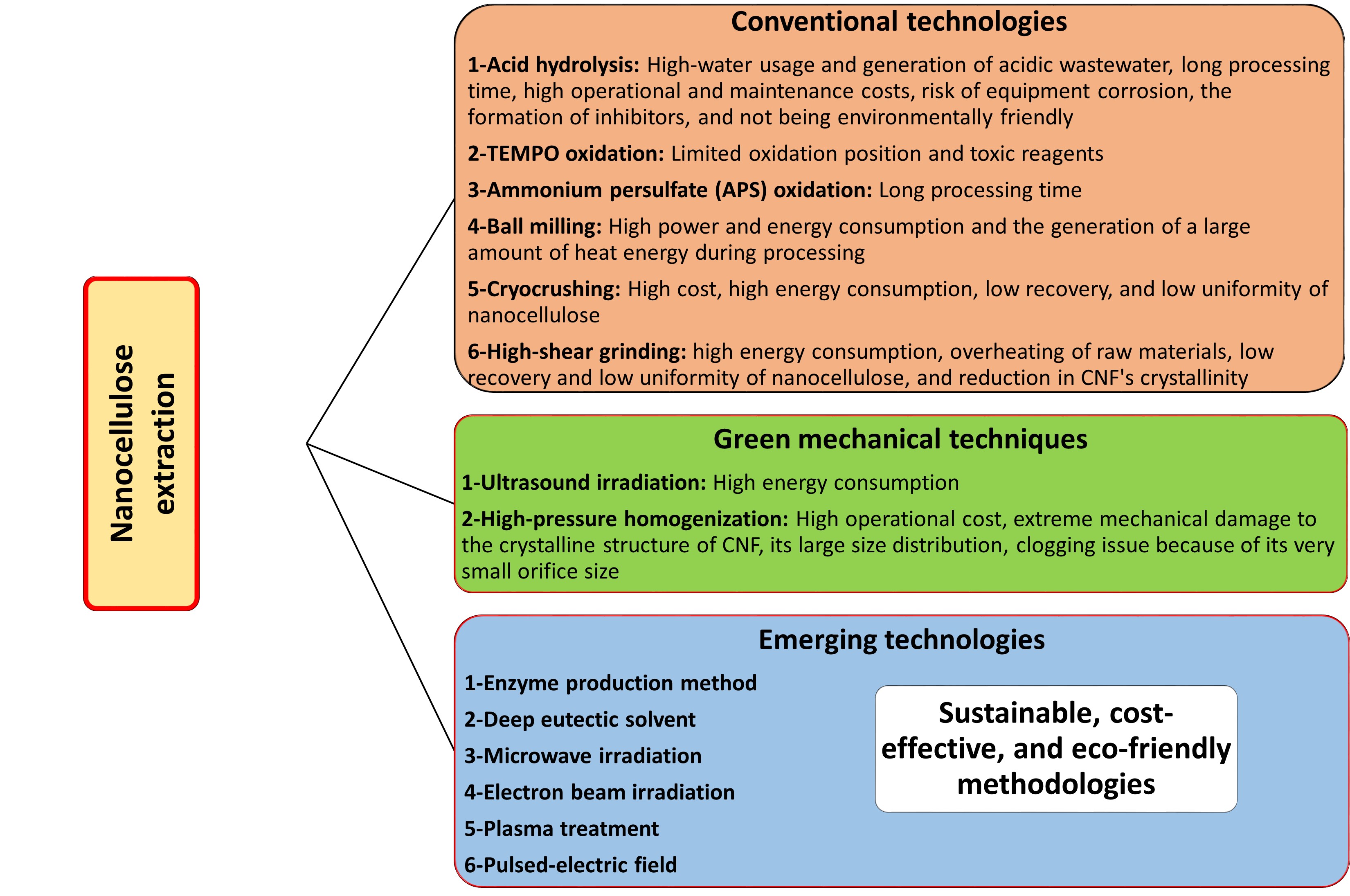
Lignocellulosic biomass is a complex natural polymer primarily composed of cellulose, hemicellulose, lignin, and various other chemical components. The cellulose in the lignocellulosic biomass can depolymerize into a nano-dimension biomaterial called nanocellulose, which possesses unique features with potential application in various fields. Nanocellulose production from lignocellulosic biomass has become the subject of extensive research in the last few decades in the fields of material sciences and biomedical engineering and has attracted the attention of scientists and technologists worldwide. This production faces many challenges in utilizing the cellulose from lignocellulosic biomasses and subsequent processing for their conversion into nanocellulosic materials and their further applications in various fields of science and technology. This current review not only focuses on the production of nanocellulose from lignocellulosic biomass through different production methods but also discusses various sources, types, properties, and their applications in material science and biomedical engineering. This research review certainly shows that in the future, nanocellulose has great potential to be used as a renewable source in the field of sustainable materials and nanocomposites.
Total file downloads: 56